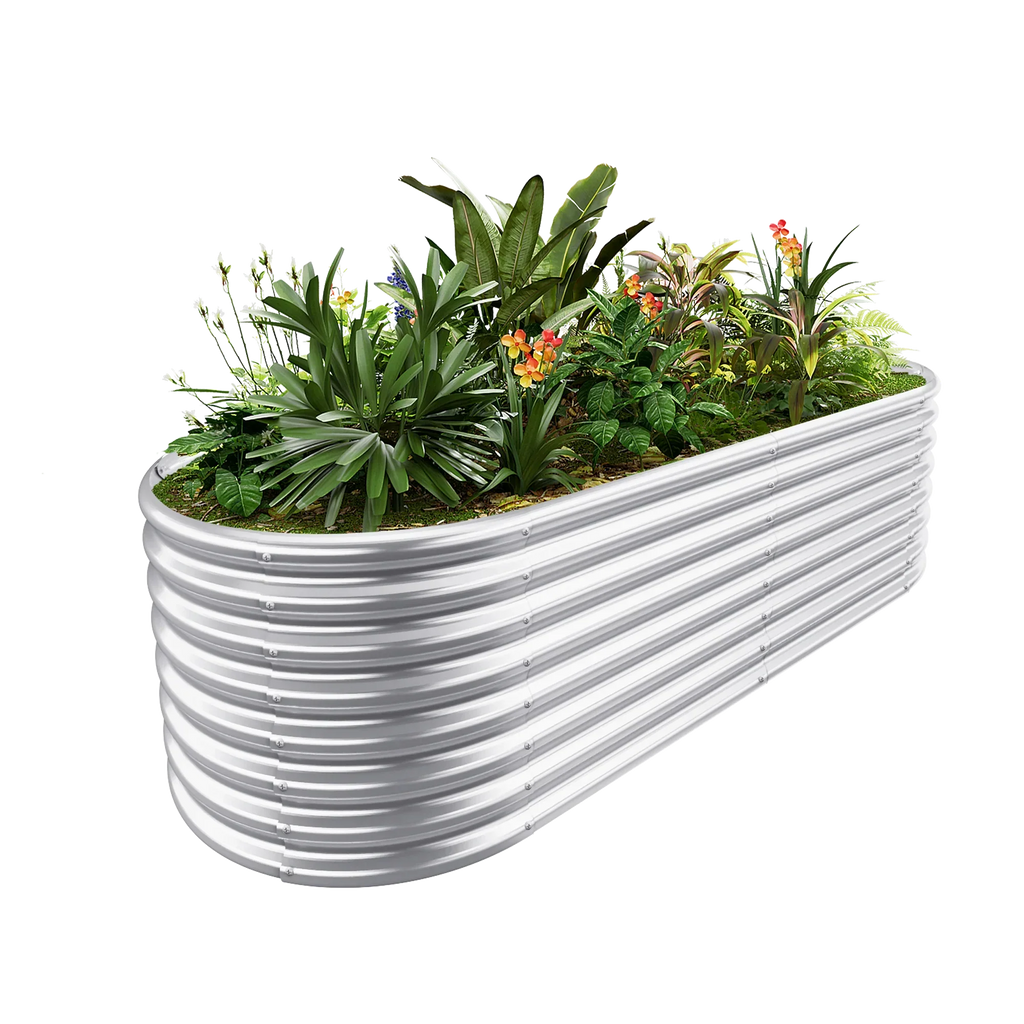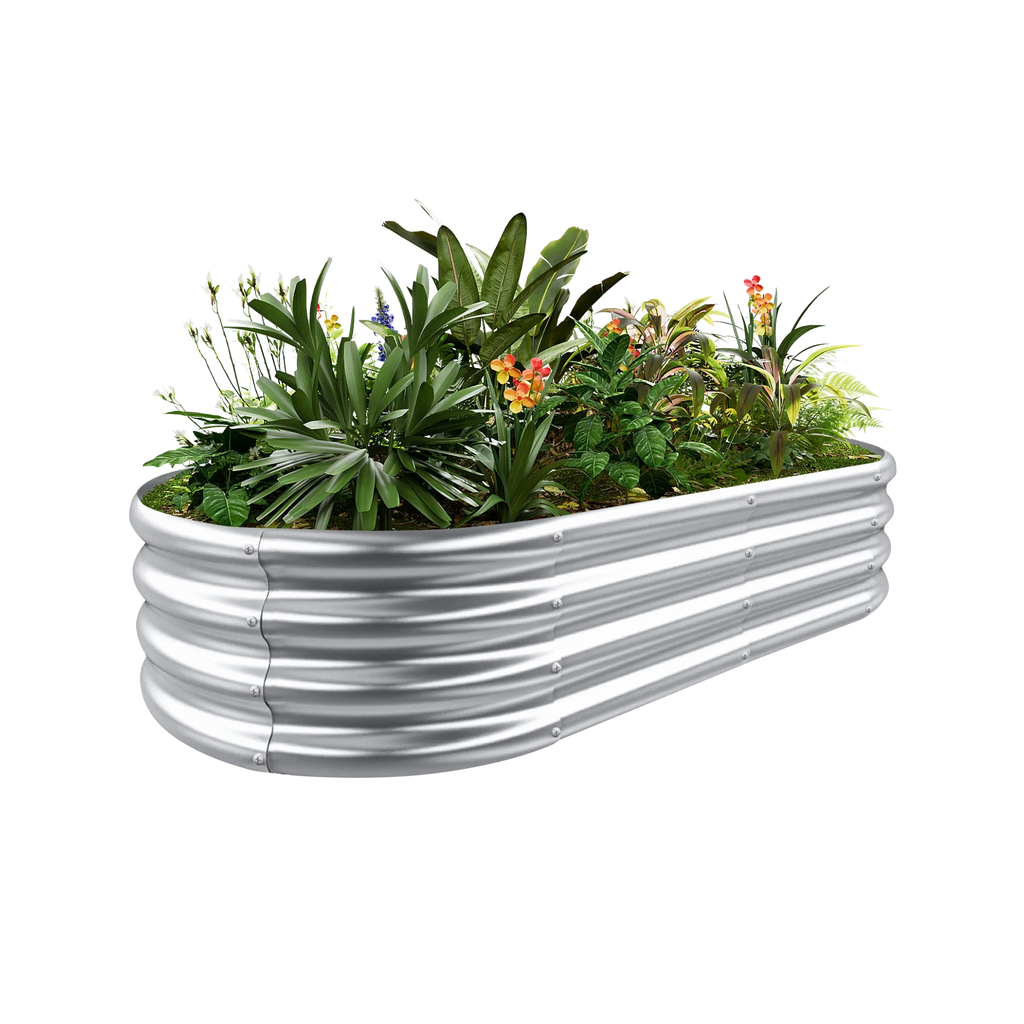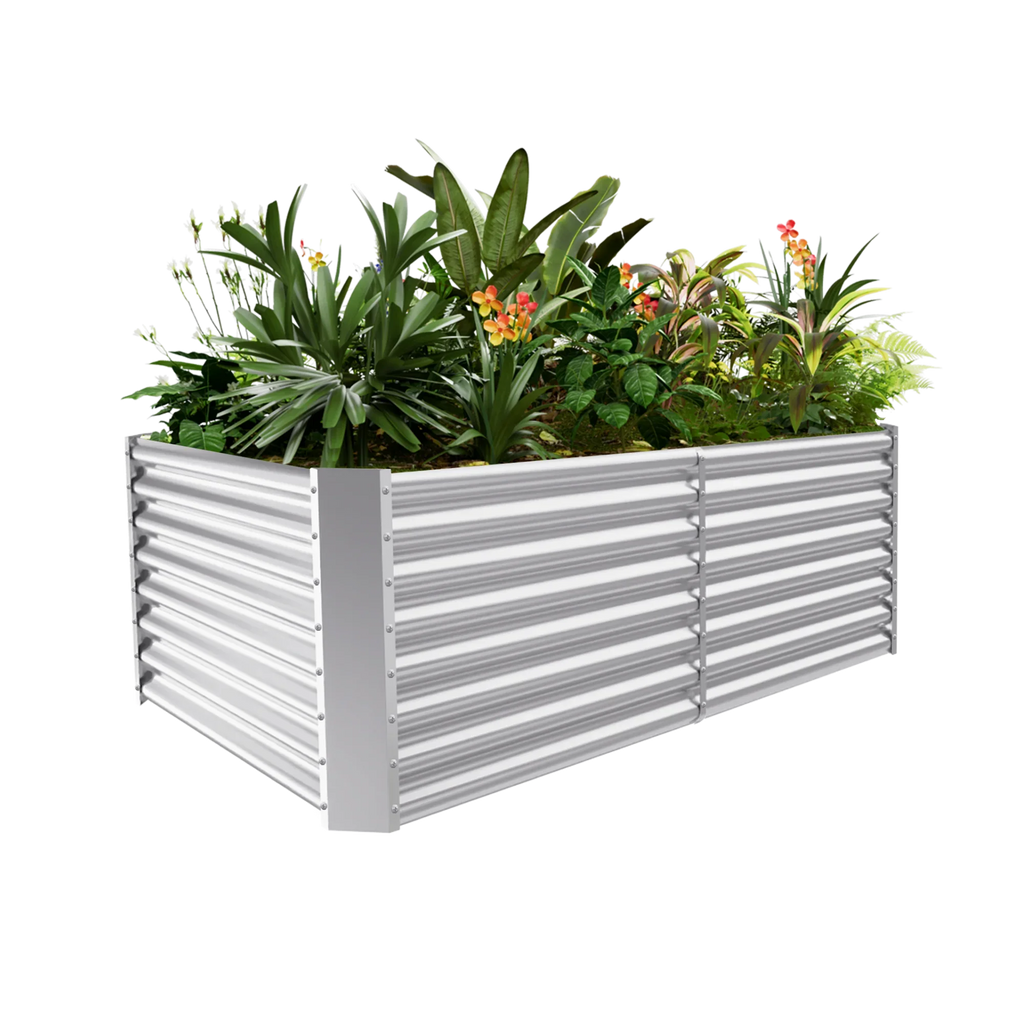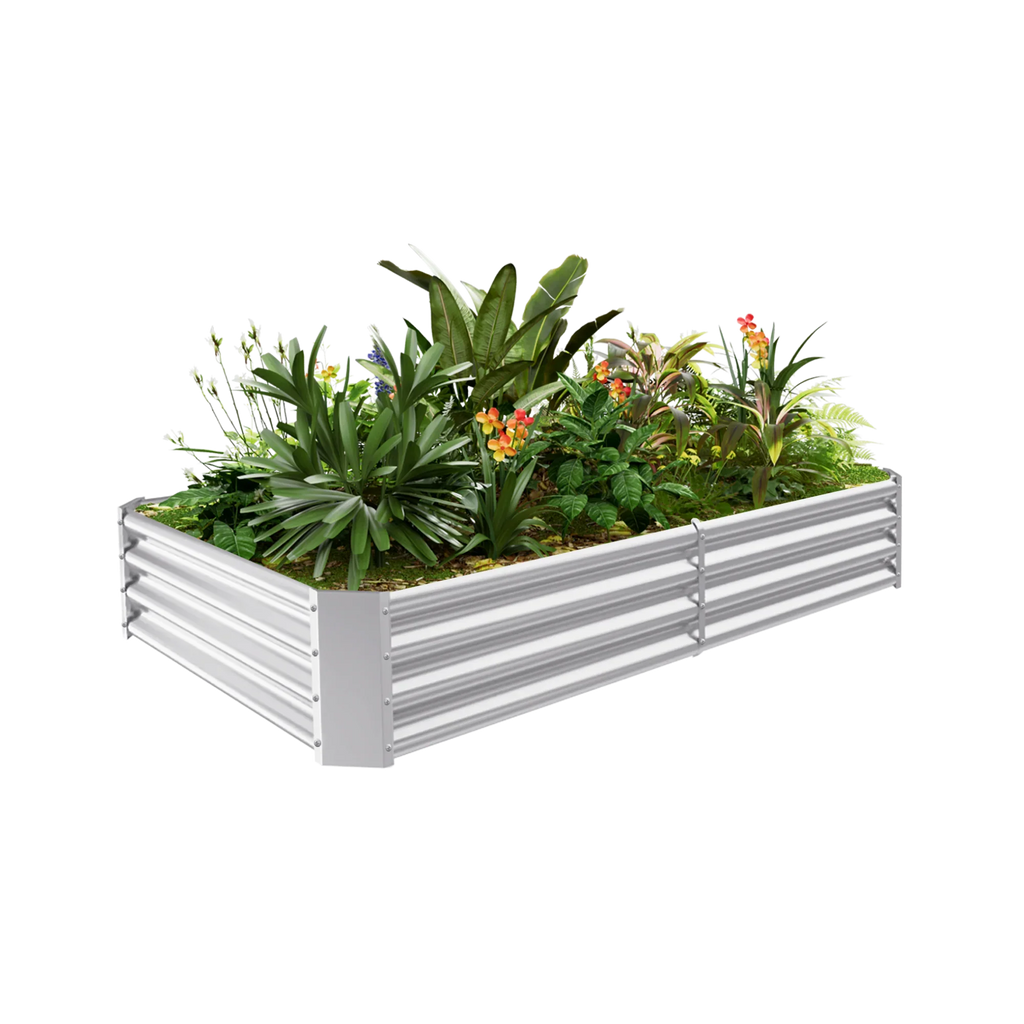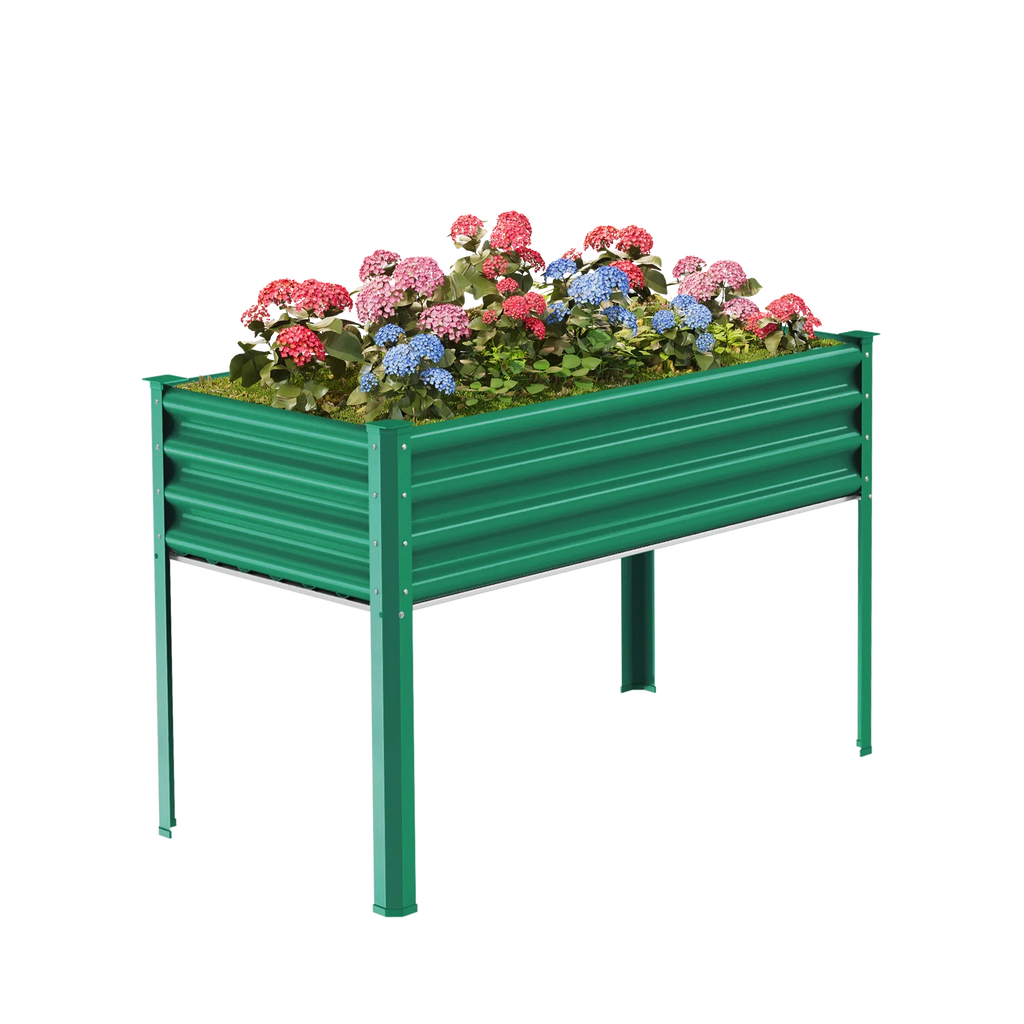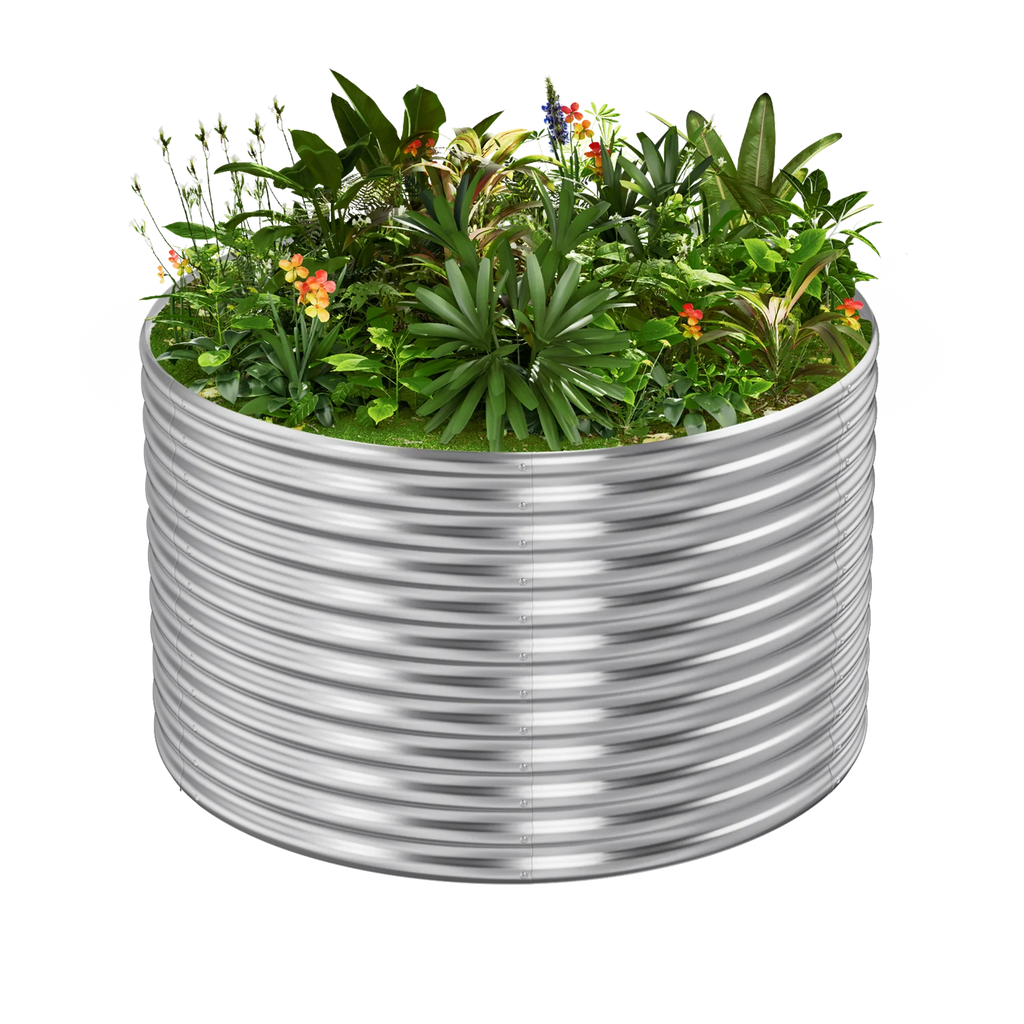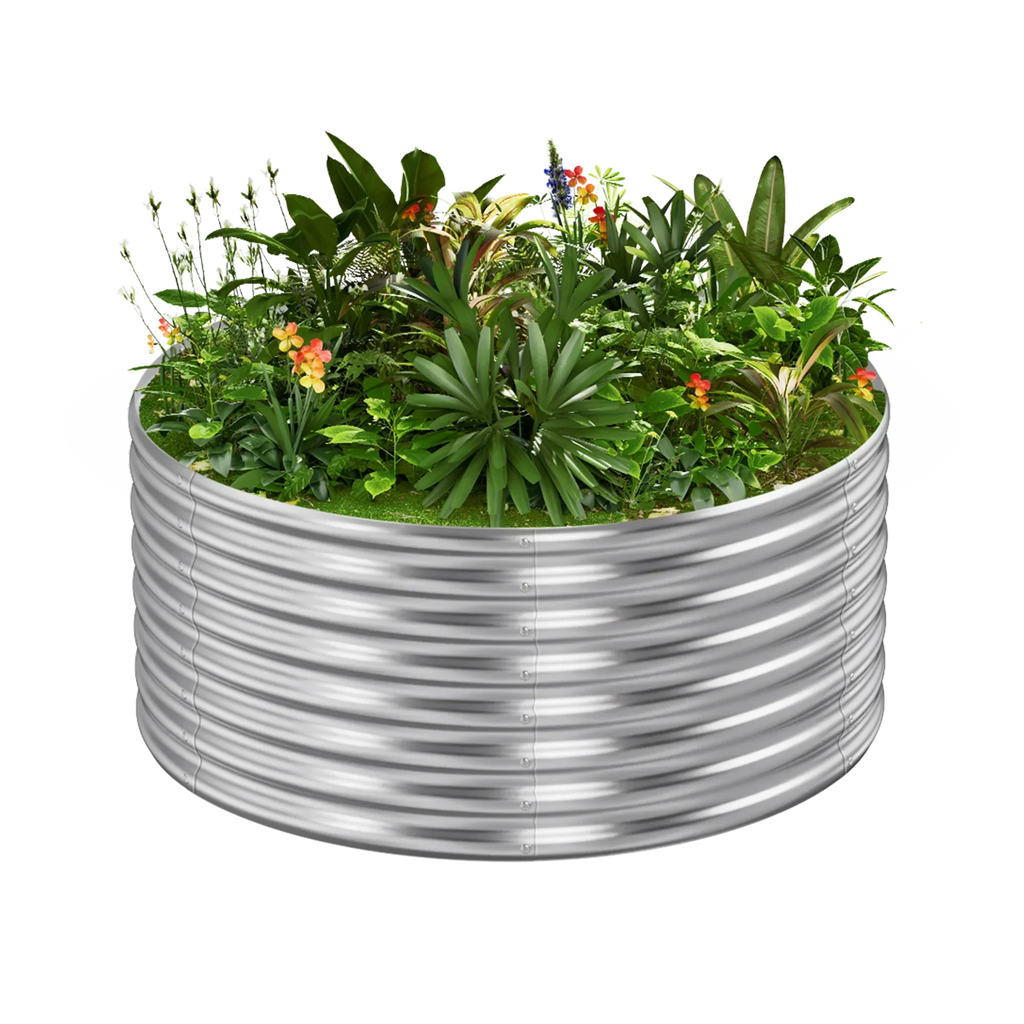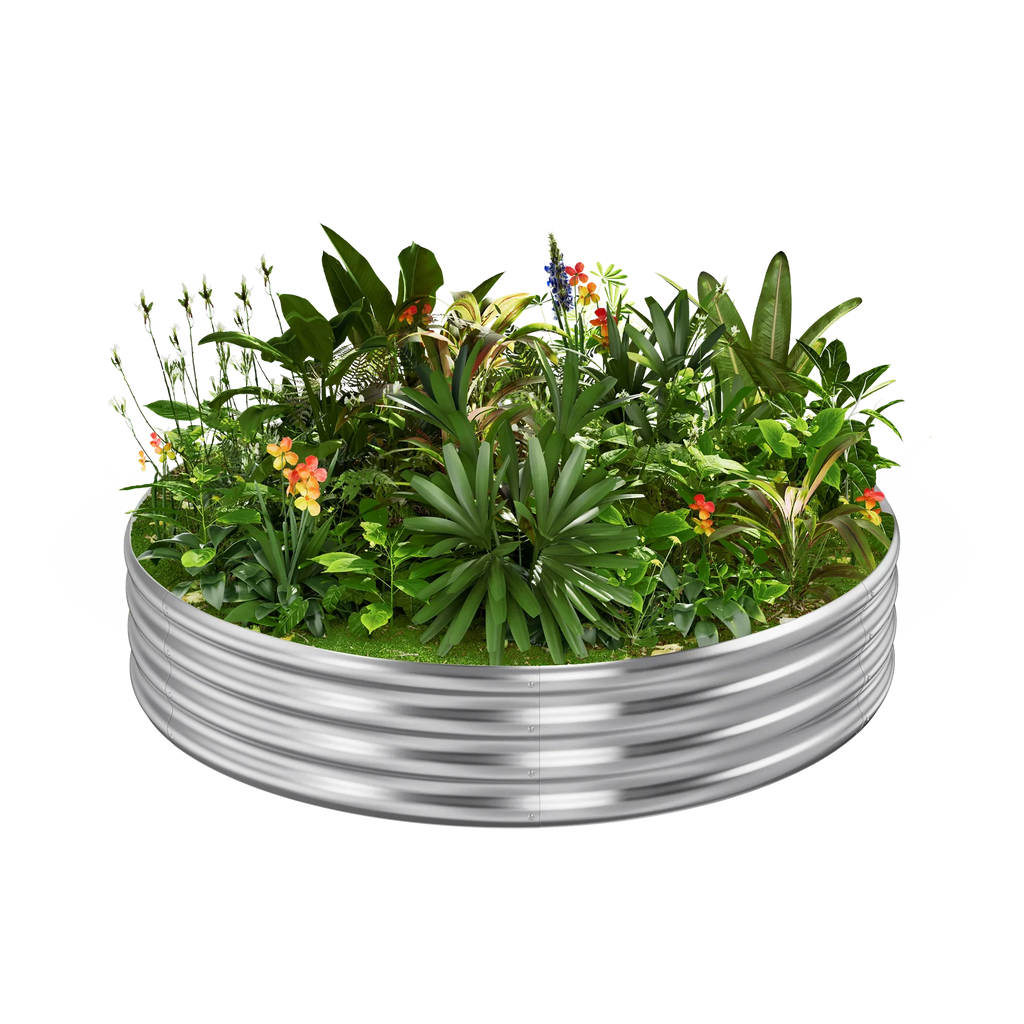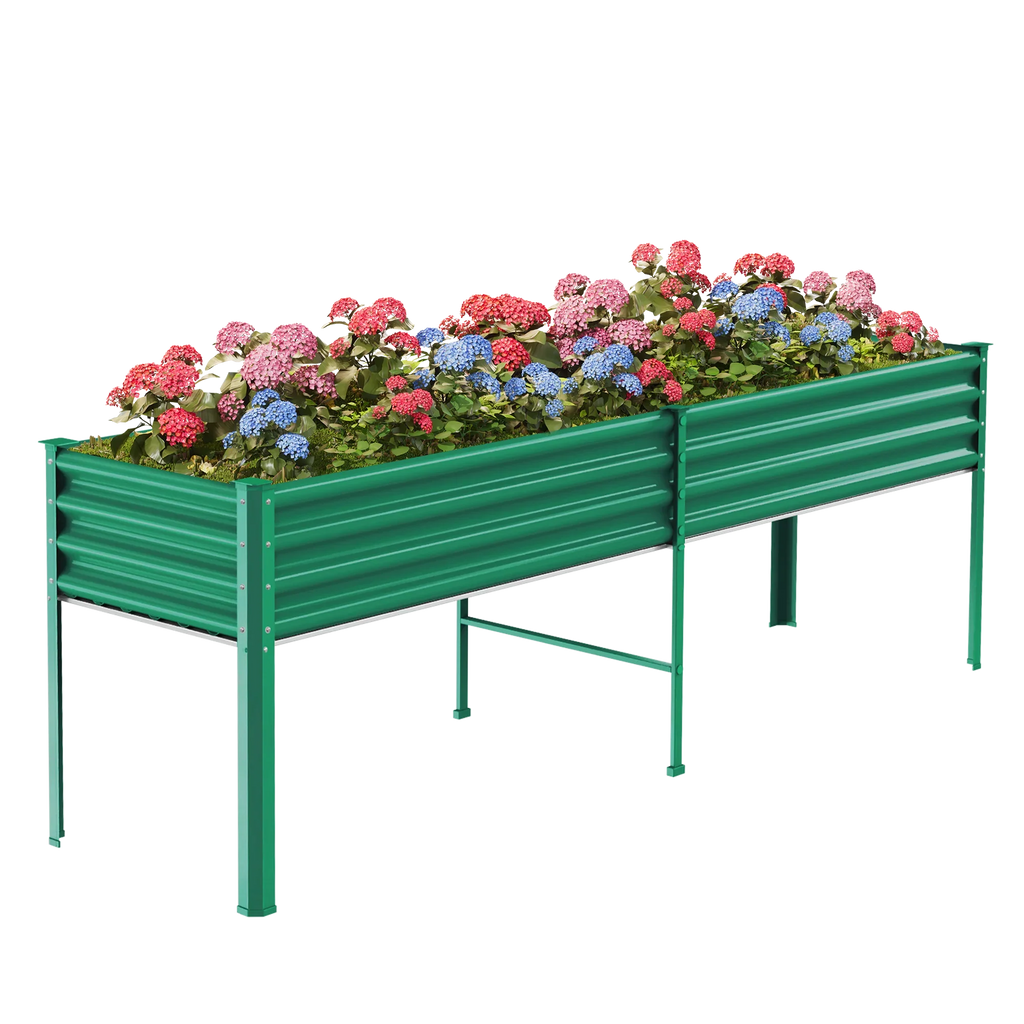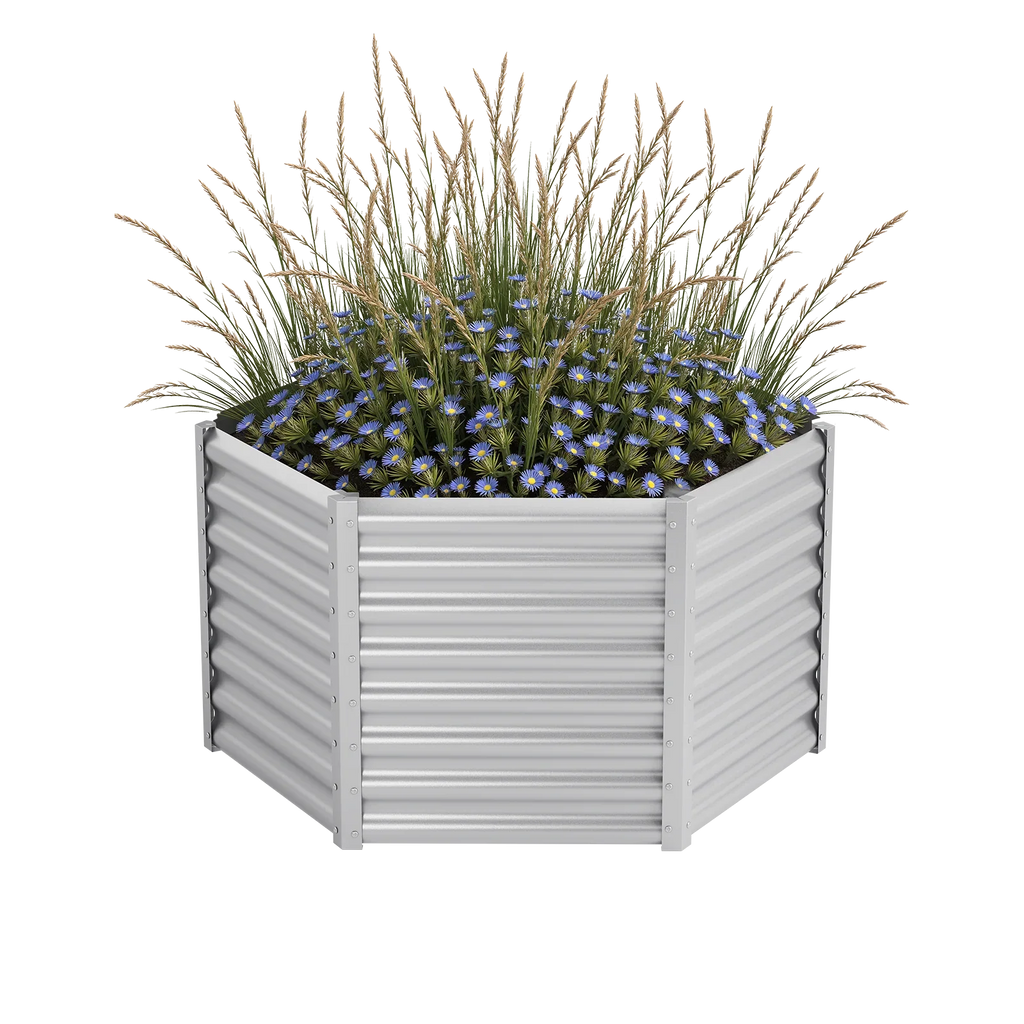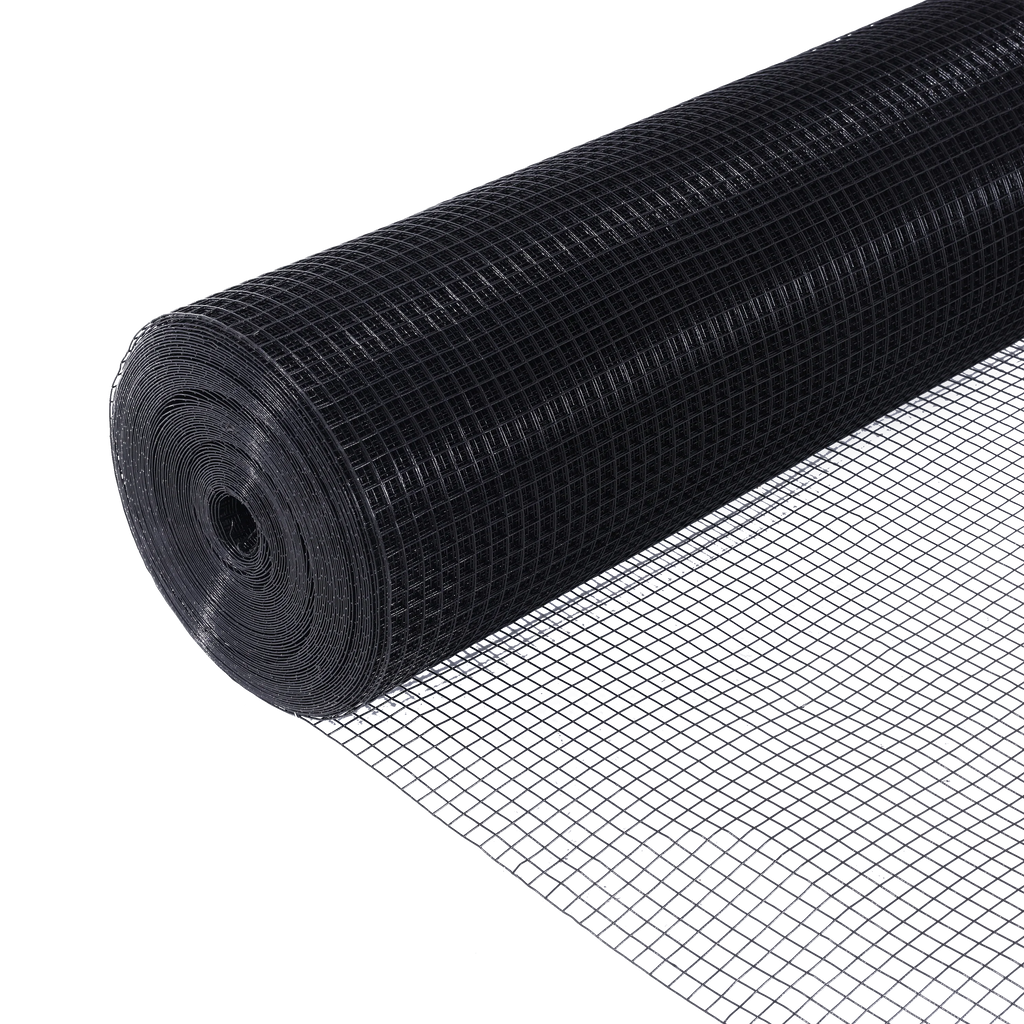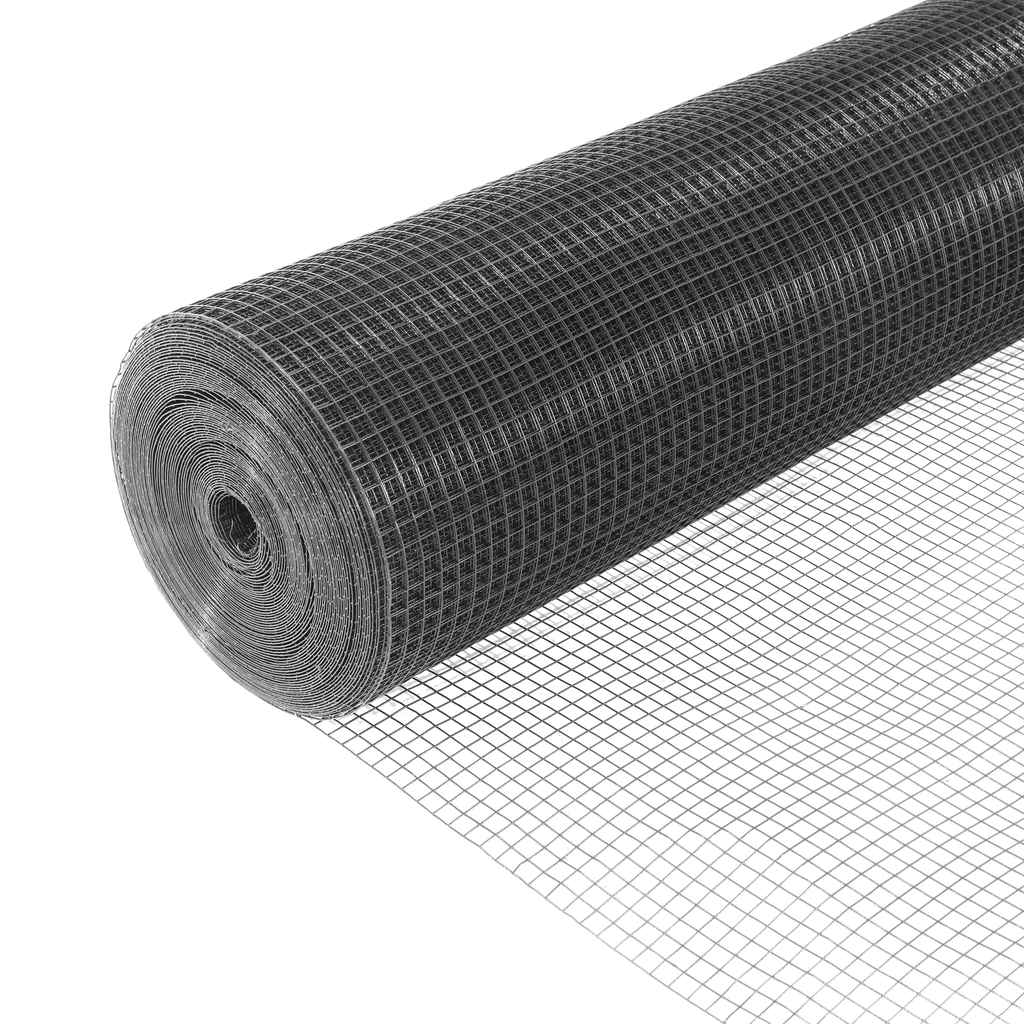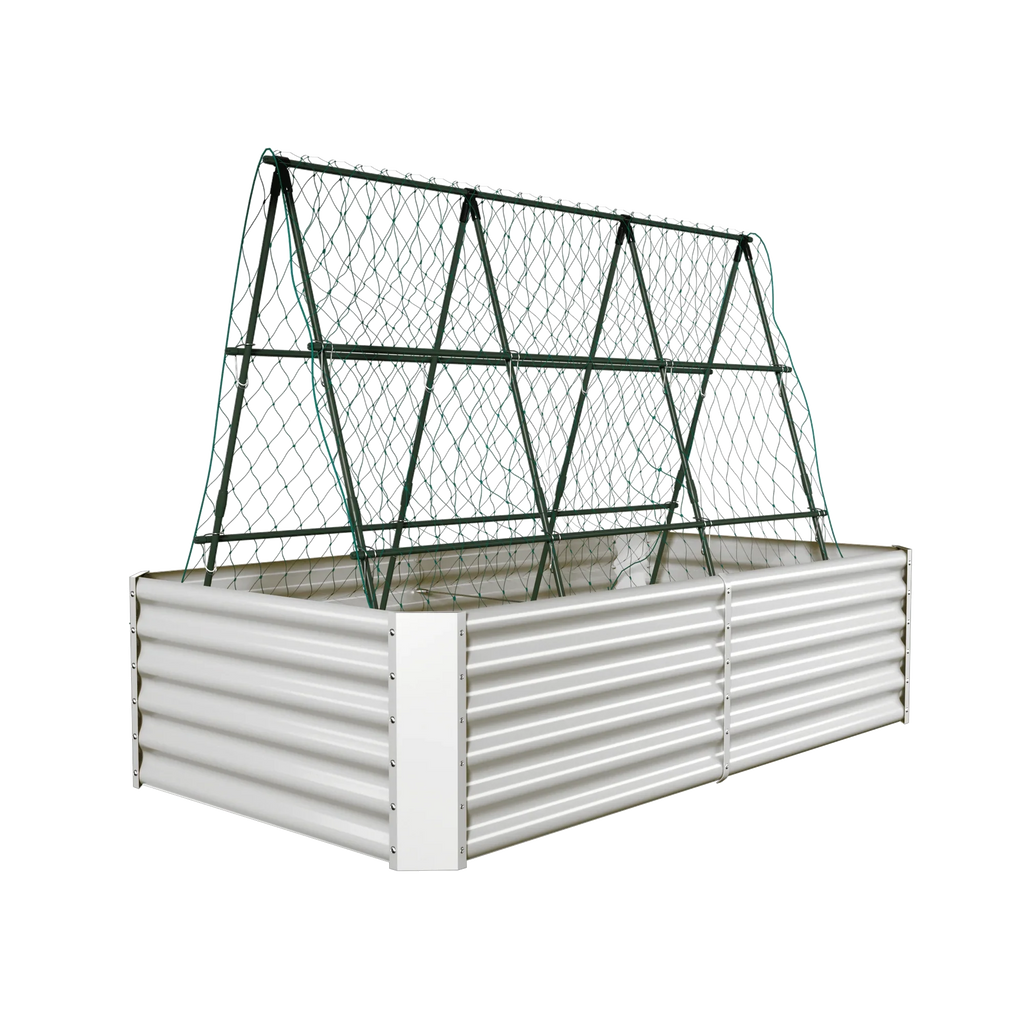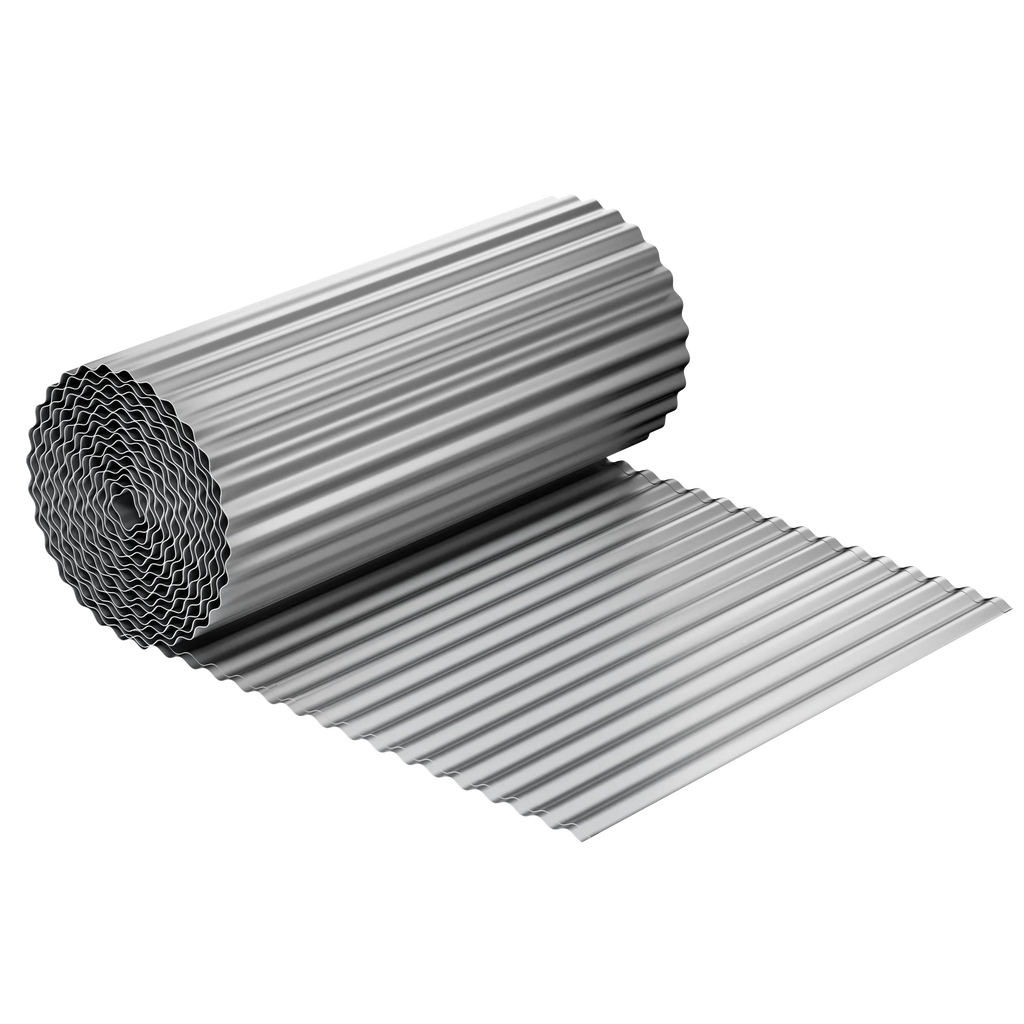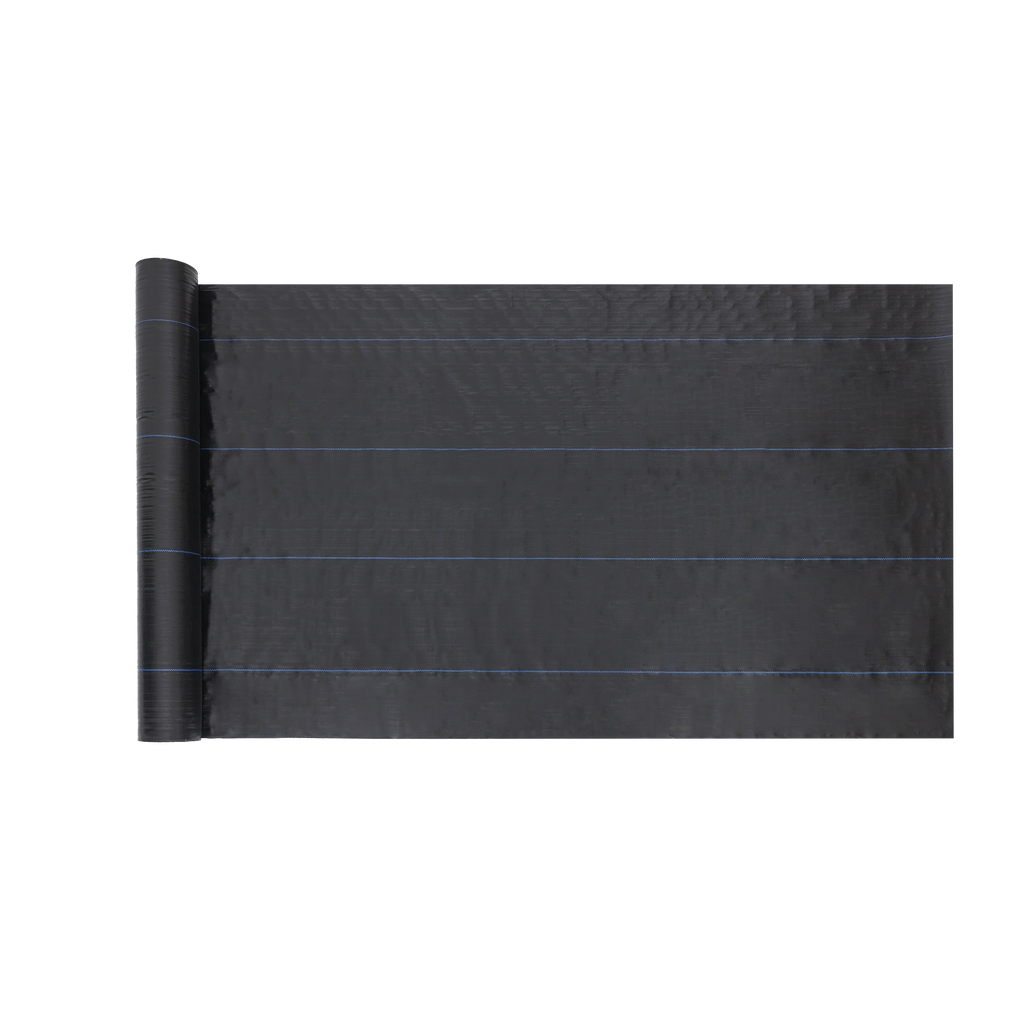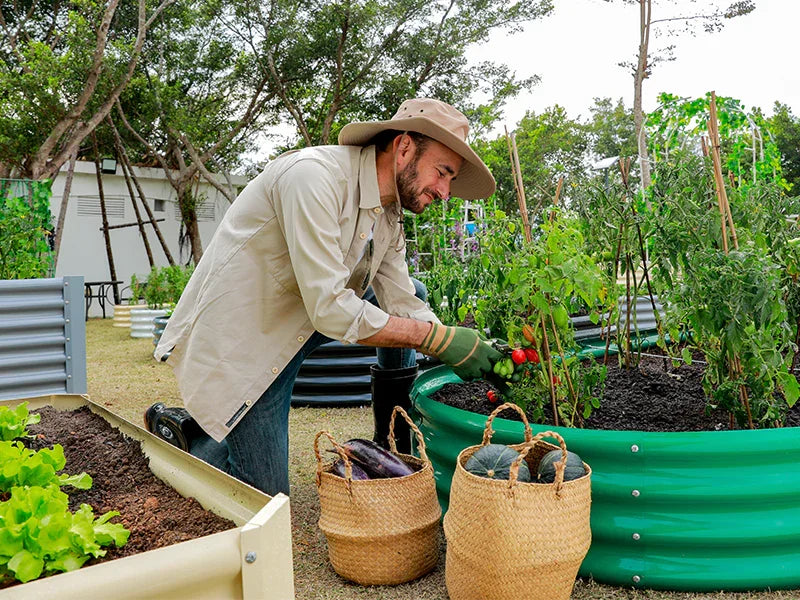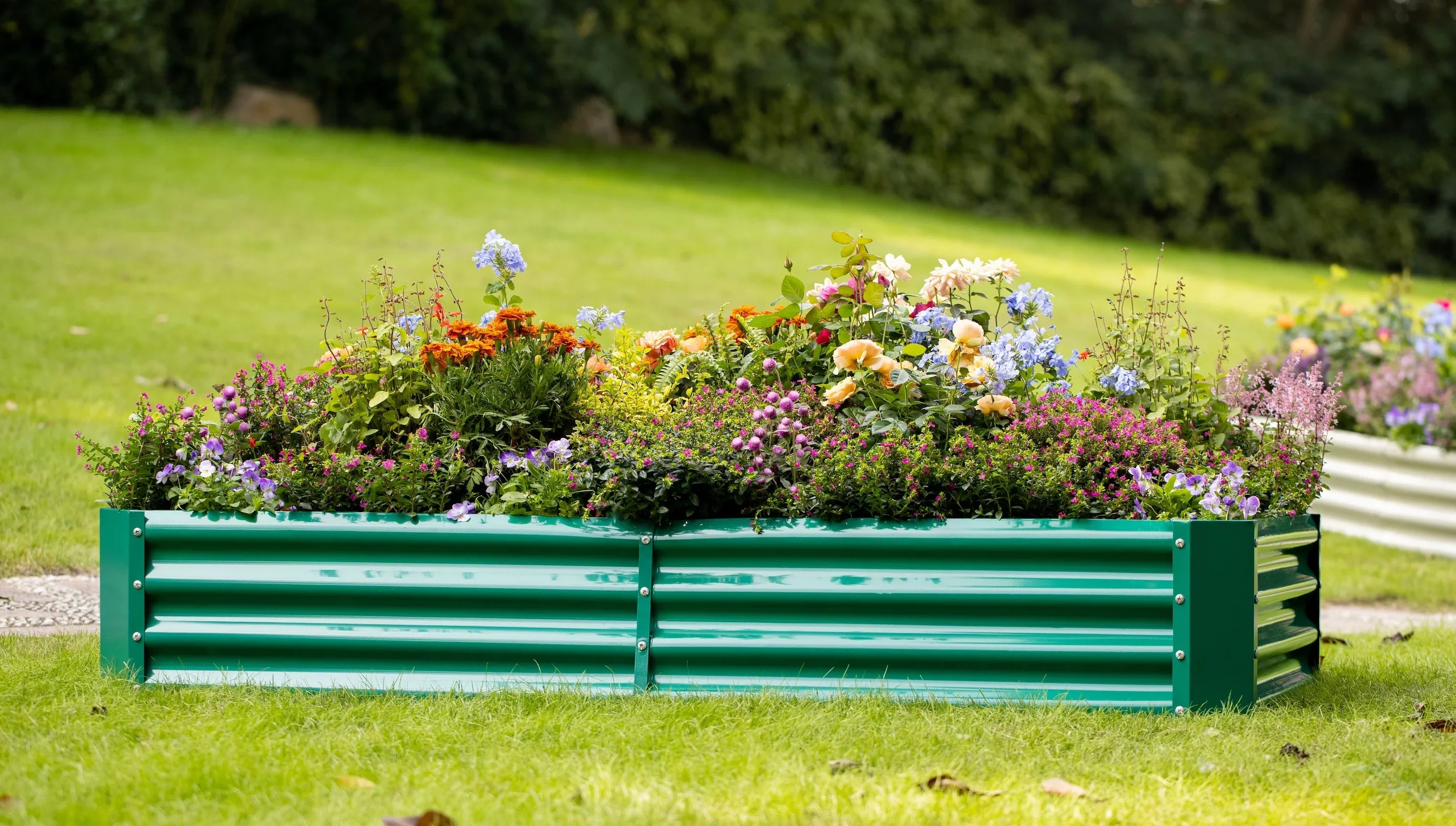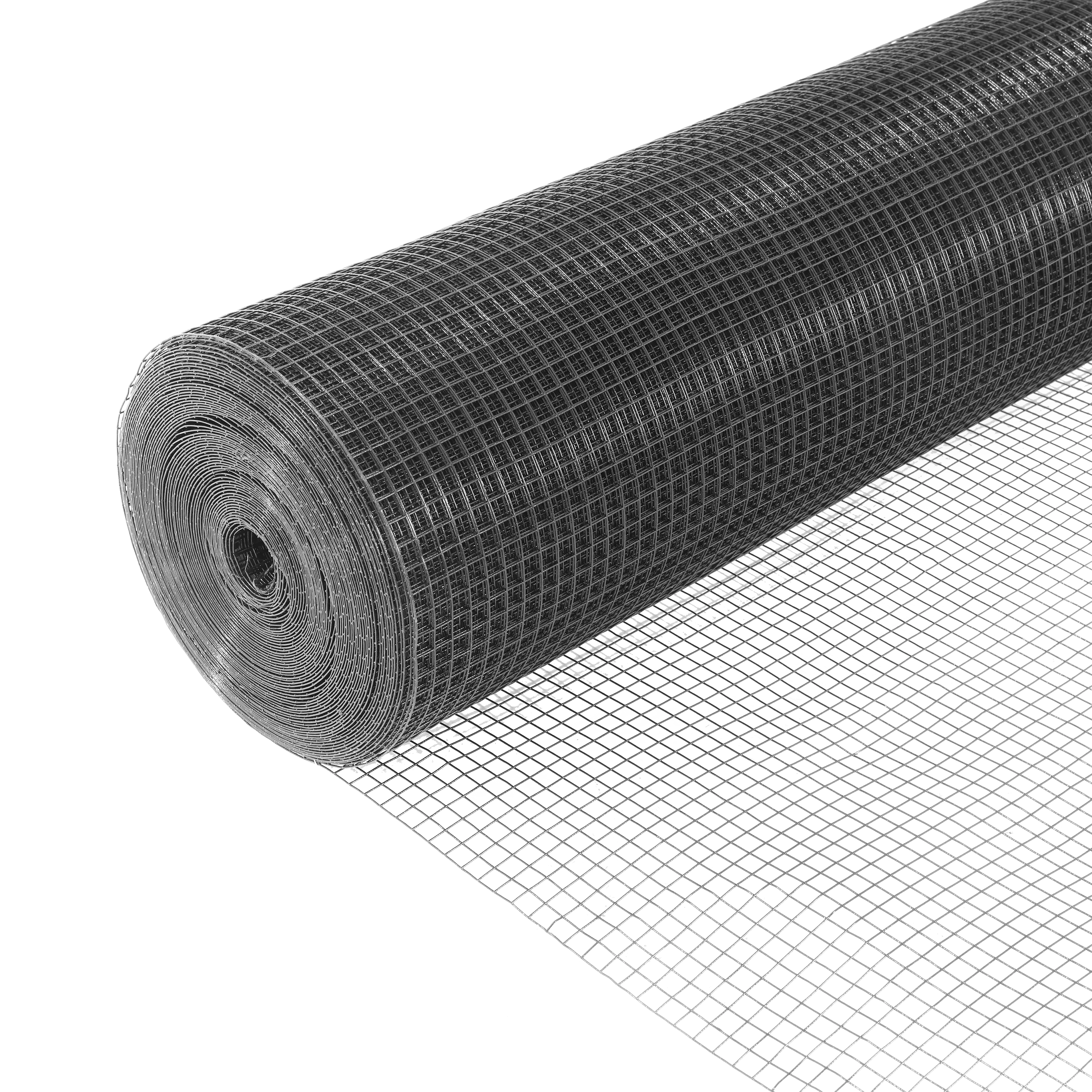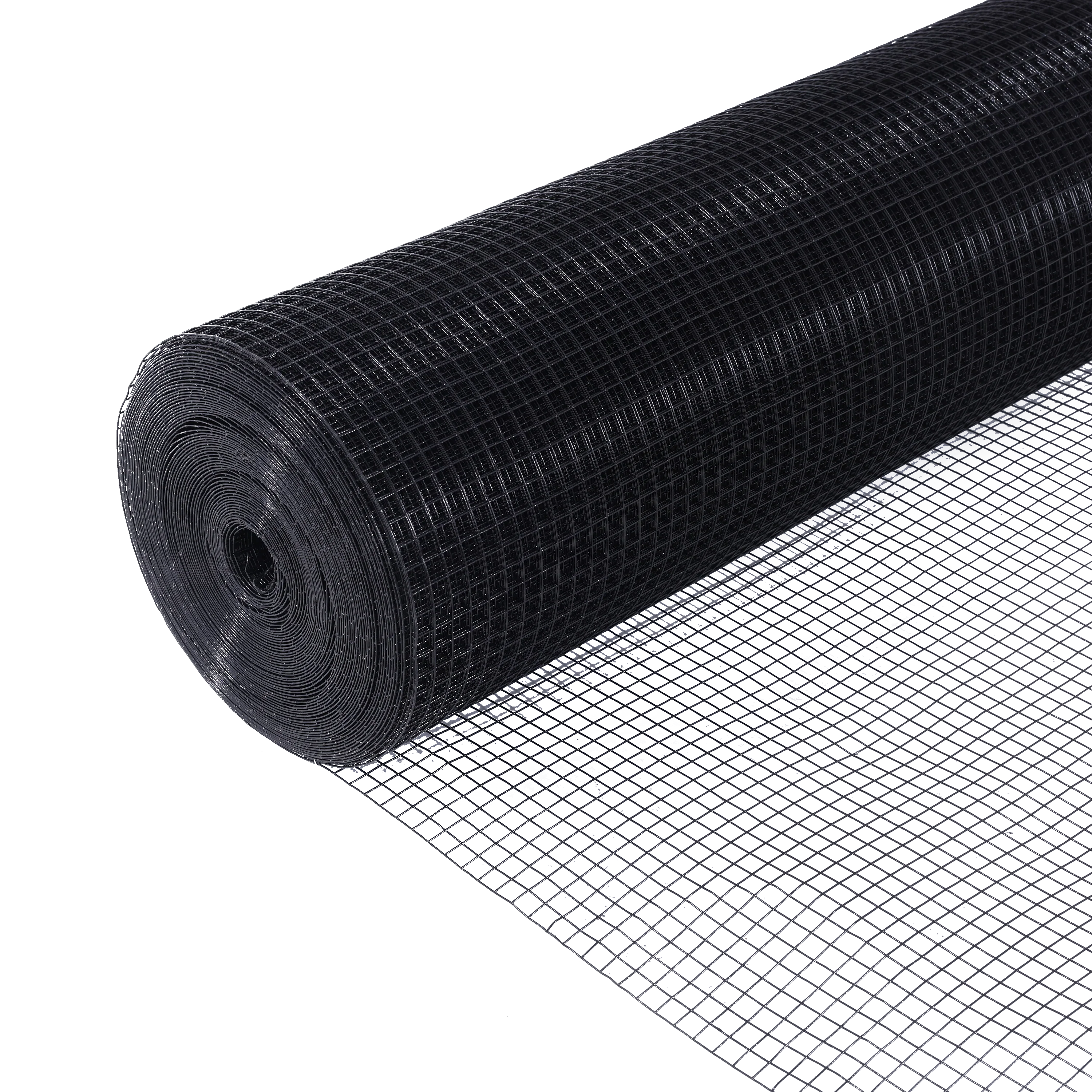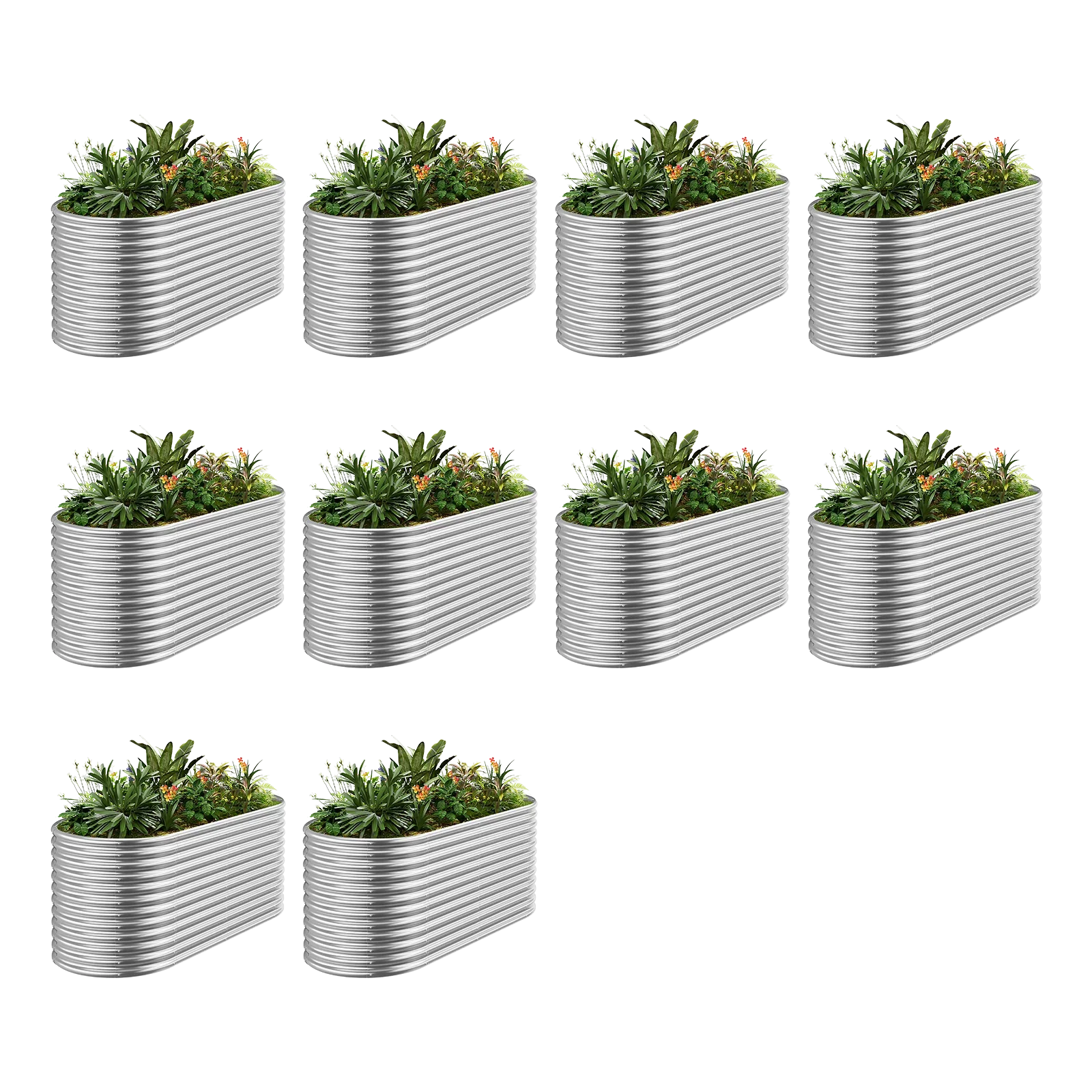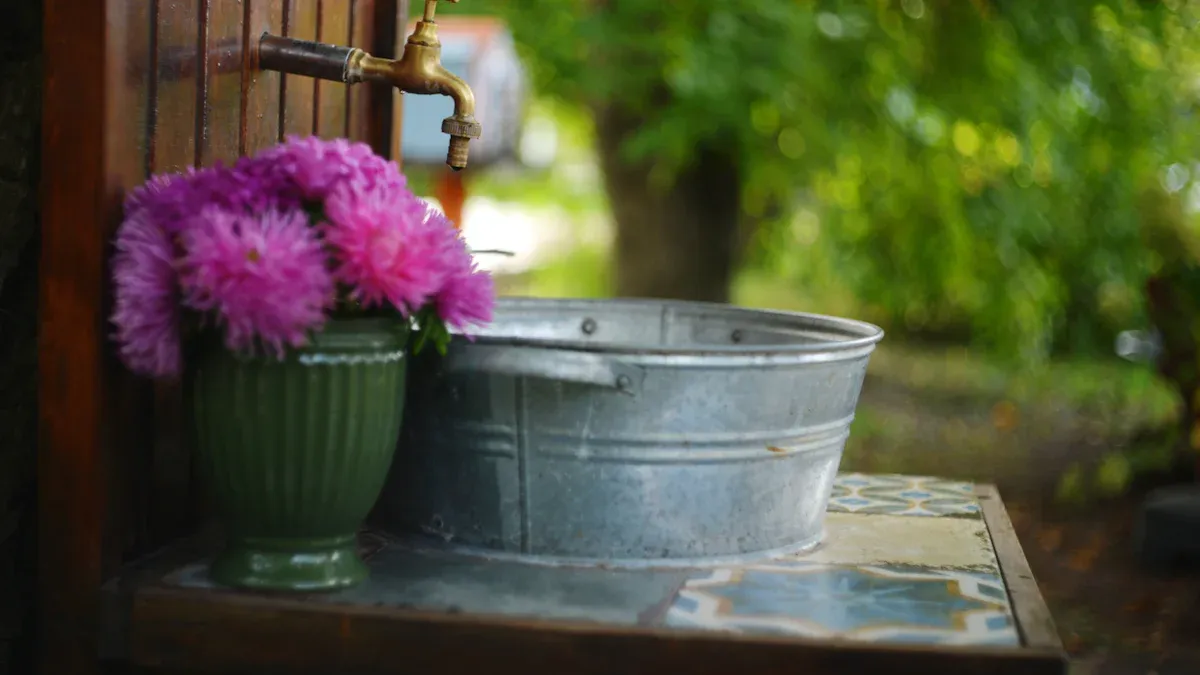
If you want a garden upgrade, galvanized raised beds might catch your eye. These beds last for years, keep out pests, and make watering simple. Assembly feels easy, too. Still, you might wonder about the pros and cons. Some gardeners worry about heat making the soil too warm or zinc leaching into the dirt. Others question if metal beds drain well or if they cost too much. You can find out if these concerns matter to your garden.
Key Takeaways
- Galvanized raised beds are strong and last a long time. They can last 20 to 30 years. This makes them a good choice for your garden.
- These beds keep pests like slugs away. Your plants stay healthier. Gardeners worry less about bugs.
- You can put these beds together fast. It usually takes less than an hour. You can start planting sooner.
- These beds hold heat well. This helps plants in cool places. But in hot places, soil can dry out fast. You should check the soil for water often.
- Galvanized beds cost more at first. But they last a long time and need little care. This can help you save money later.
Galvanized Raised Beds
What Are They
You might see a raised garden bed made from metal and wonder what makes it special. Galvanized raised beds use steel coated with zinc. This coating helps protect the metal from rust and damage. You get a sturdy frame that holds soil and plants above ground level. Many gardeners like these beds because they look neat and modern. You can find them in different shapes and sizes, so they fit almost any space.
Tip: Galvanized raised beds often come in kits. You can put them together with simple tools, even if you are new to gardening.
Materials
Galvanized raised beds use steel as the main material. The steel gets a layer of zinc, which keeps water and air from causing rust. This process makes the beds last much longer than wood or plastic. Here’s what you can expect:
- The average lifespan of galvanized raised beds is about 30 years.
- You should check for rust every 15 years if your raised garden bed sits outside all year.
- Galvanized garden bed options resist harsh weather better than most other materials.
Some raised garden beds use wood, plastic, or composite. These might not last as long, especially in wet or cold climates. Metal beds stay strong and keep their shape.
Uses
You can use a raised garden bed for many types of plants. Vegetables, herbs, and flowers all grow well in these beds. Galvanized raised beds work great for small yards, patios, or even rooftops. You can set up a raised garden bed to improve drainage and keep pests away. Some gardeners use them to create neat rows or special designs.
- Galvanized raised beds last 20 to 30 years and handle tough weather.
- They might limit air and water flow compared to wood, so you should watch your soil health.
- Raised garden beds help you control weeds and make gardening easier.
If you want a long-lasting, easy-to-use option, galvanized garden bed options might fit your needs.
Pros
Durability
You want your raised garden bed to last. Galvanized raised beds stand out for their strength. The steel frame, protected by a zinc coating, resists rust and damage from weather. You can expect these beds to last 15–20 years, which is much longer than most wooden options. Take a look at this comparison:
| Aspect | Details |
|---|---|
| Durability | Galvanized metal beds can last 15–20 years, far outliving wooden beds. |
| Maintenance | No rot, no warping, and no termites. |
| Safety | Proven food-safe and won’t leach into soil under normal conditions. |
You don’t need to worry about termites or rot. The metal stays strong, even in wet climates. If you want a raised garden bed that keeps its shape and looks good for years, this is a big pro.
Pest Prevention
Pests can ruin your garden. Galvanized raised beds help keep them out. The metal sides block slugs and other crawling insects better than wood or plastic. You get fewer pest problems, which means healthier plants. Here’s how different beds compare:
| Type of Bed | Pest Prevention Capability | Durability | Insulation | Drainage |
|---|---|---|---|---|
| Galvanized Steel | High (especially against slugs) | High | Moderate | Moderate |
| Wood | Moderate | Moderate | High | High |
| Plastic | Low | High | Low | Low |
- Metal garden beds are better than wood for pest prevention and durability.
- Reviews show that some brands, like Durable Greenbed, have almost no pest issues.
You get more weed control, too. The sturdy sides stop weeds from creeping in. This pro makes gardening easier and less stressful.
Easy Assembly
You don’t need to be a builder to set up a galvanized raised bed. Most kits come with pre-punched holes and clear instructions. You can put one together in less than an hour. Wooden beds take longer because they are heavier and need more steps.
| Type of Raised Bed | Average Assembly Time |
|---|---|
| Galvanized | Less than 1 hour |
| Wooden | Longer due to weight and complexity |
- Metal raised garden beds assemble quickly.
- Wooden beds need more time and effort.
Landguard is a brand that gets high marks for easy assembly. Customers say the holes line up perfectly, so you don’t struggle with tools. You can start planting sooner, which is a huge pro.
Water Management
Watering your plants can be tricky. Galvanized raised beds help you manage water better. The metal sides keep soil in place, so you get better drainage. Your plants won’t sit in soggy soil. You can also add liners or adjust the soil mix to control moisture.
Tip: If you live in a rainy area, a raised garden bed with metal sides helps prevent waterlogging.
You get more control over how much water your plants get. This pro means fewer problems with root rot and healthier growth.
Landguard: A Quality Brand Example
Landguard galvanized raised beds get great reviews. People love the smooth assembly, fast delivery, and helpful customer service. The beds look classy and fit well in any garden. Here’s what customers say:
| Advantage | Details |
|---|---|
| Ease of assembly | Smooth process with well-aligned holes |
| Prompt delivery | Fast and accurate shipping |
| Good customer service | Quick responses and helpful support |
| Aesthetic appeal | Beautiful, modern look |
If you want a raised garden bed that’s easy to set up and lasts for years, Landguard is a smart choice.
You can see the pros and cons clearly. Galvanized raised beds offer durability, pest prevention, easy assembly, and better drainage. These pros make gardening simpler and more enjoyable.
Cons
Heat Retention
You might notice that metal beds heat up faster than wood or plastic. This can be both good and bad, depending on where you live. In cooler places, galvanized raised beds help warm the soil. Your plants can start growing earlier in the spring. But in hot climates, the metal sides can make the soil too warm. This causes water to evaporate quickly and can stress your plants.
- In cool climates, metal beds extend your growing season.
- In hot areas, soil heats up fast and dries out.
- Some plants may struggle with heat stress and stunted growth.
- You can add mulch or organic matter to keep the soil cool and moist.
- Shade cloth or planting heat-tolerant crops helps protect your garden.
Tip: Check your soil often during hot weather. Water more if the soil feels dry.
Cost
When you shop for a raised garden bed, price matters. Galvanized raised beds usually cost more than wood or plastic. You might pay about 60% more for metal than for regular wood. The price goes up if you want a bigger bed. Some gardeners find the modern look does not fit their style, so they feel the cost is not worth it.
- Galvanized steel lasts over 20 years, much longer than wood.
- The higher price can be worth it because you do not need to replace the bed often.
- Assembly can take time because of all the bolts.
- You cannot sit on the slim edge like you can with wood.
Note: The long life and low upkeep can balance out the higher starting price.
Maintenance
You do not need to paint or stain galvanized raised beds, but you still need to check them now and then. Over time, the zinc coating can wear off, especially if you scratch the surface. If you see rust, clean it and cover the spot to keep the bed strong. Assembly can take a while because you need to tighten many bolts. Some people find this part a bit tedious.
- Check for rust every few years.
- Tighten bolts if the bed feels loose.
- Clean the metal with water to keep it looking nice.
Tip: Place your raised garden bed where it will not get bumped or scratched often.
Safety
You may wonder if metal beds are safe for your plants and your family. Most gardening experts agree that galvanized steel is safe for growing food. The zinc coating stays stable in normal soil. Zinc is also a nutrient that plants need. Only in very acidic soil does a small amount of zinc leach out, but this is rare in most gardens. Reputable brands make sure their beds do not contain harmful metals.
| Concern Type | Evidence |
|---|---|
| Zinc Coating Stability | The zinc coating is stable under neutral soil conditions, minimizing leaching risks. |
| Zinc as Nutrient | Zinc is an essential micronutrient for plants, indicating its normal presence in soils. |
| Heavy Metals | Reputable manufacturers ensure products do not contain harmful levels of heavy metals. |
| Acidic Conditions | Minimal zinc leaching occurs only under acidic conditions, which is not a major risk. |
Note: If you worry about soil acidity, test your soil before planting. Most garden soils are safe for galvanized raised beds.
You can see that the advantages and disadvantages of galvanized raised beds depend on your climate, budget, and garden style. Think about these pros and cons before you choose your next raised garden bed.
Metal Raised Garden Beds vs. Other Materials
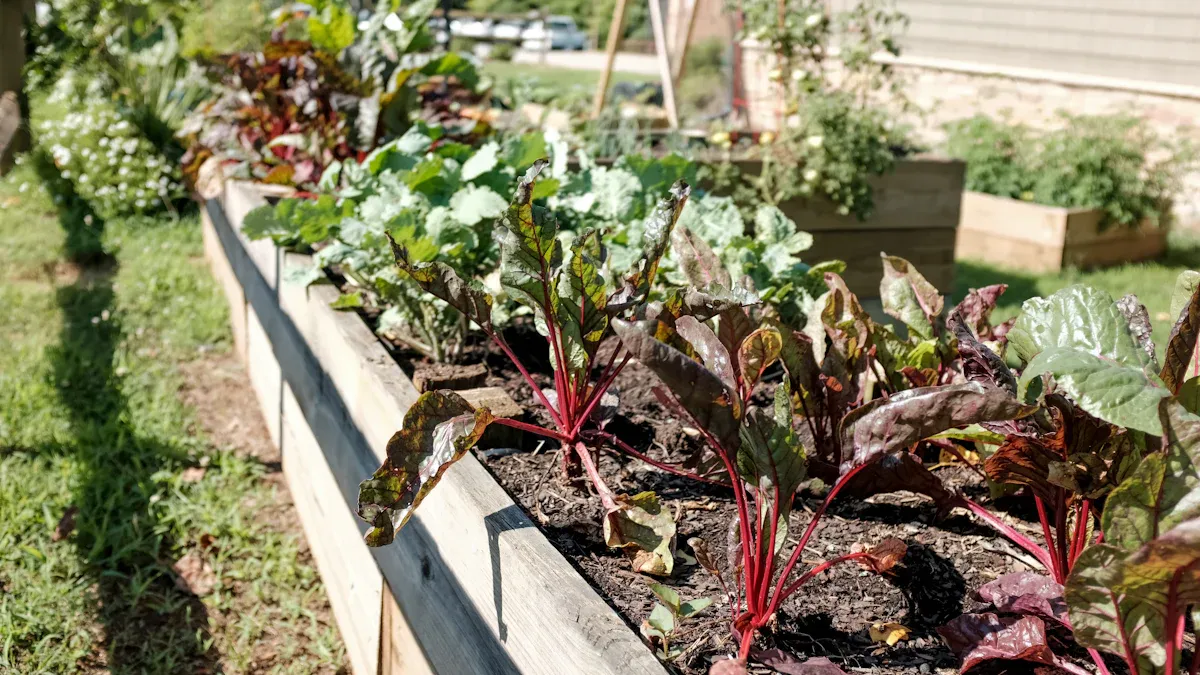
Wood
You might think wood is the classic choice for raised beds. It feels warm and natural in your garden. Wood is easy to cut and shape, so you can build beds that fit your space. Cedar and redwood last longer than pine, but all wood needs care. You have to seal or stain it to keep it from rotting. Termites and other bugs can attack wood beds, which means more work for you.
Here’s a quick look at how wood compares to metal garden beds:
| Type of Bed | Longevity | Maintenance Requirements |
|---|---|---|
| Metal Beds | 10-20 years or more | Almost no maintenance |
| Wooden Beds | 5-15 years (varies by type) | Regular sealing, staining, or treatments |
Metal raised garden beds last much longer and need less work. If you want a bed that stays strong year after year, metal garden beds win this round.
Plastic
Plastic beds are light and easy to move. You can snap them together fast. They don’t rot, but they can crack in the sun. Some gardeners like plastic because it costs less up front. Still, plastic raised beds have a downside. They break down slowly and can leave microplastics in your soil. This hurts your plants and the environment. Metal garden beds don’t have this problem. Metal raised garden beds are recyclable and don’t leach harmful stuff into your soil.
Tip: If you care about the planet, metal raised garden beds are a smarter pick than plastic.
Composite
Composite beds mix wood fibers with recycled plastic. They look like wood but last longer. You don’t need to stain or seal them. Composite beds resist rot and bugs, so you spend less time on upkeep. They cost more than wood, though. Metal garden beds and composite beds both last over 20 years, but metal raised garden beds can handle rough weather better.
Check out this table for a quick comparison:
| Material | Durability | Cost Comparison |
|---|---|---|
| Composite Raised Beds | Lasts over 20 years | About 50% more expensive than wood |
| Galvanized Steel Beds | Lasts over 20 years | Approximately 60% more expensive than wood |
You pay more for both, but you get a bed that lasts. Metal garden beds give you strength and style, while composite beds offer a wood-like look with less fuss.
If you want a raised bed that stands up to weather, pests, and time, metal garden beds are hard to beat. You get less maintenance, better durability, and a cleaner garden space.
Tips
Placement
Where you put your raised garden bed can make a big difference. Pick a spot with plenty of sunlight, but try to avoid areas that get too hot in the afternoon. If you live in a warm climate, partial shade helps keep your plants cool. Good airflow around your raised garden bed keeps plants healthy and reduces disease. You can also use shade cloth or even plant near a fence for extra protection from harsh sun.
Tip: Place your raised garden bed so you can reach all sides easily. This makes planting and harvesting much simpler.
Maintenance
A little care goes a long way. Clean your raised garden bed with mild detergent and rinse it well. Dry the surface to prevent rust. At the end of each season, clear out old plants and weeds. Disinfect the frame with a mild bleach solution to stop diseases from spreading. Check for scratches or rust spots. If you find any, cover them with a protective coating. This keeps your raised garden bed looking fresh and strong.
- Add compost or mulch to the soil. This helps insulate roots and keeps moisture in.
- Inspect bolts and joints every few months. Tighten them if needed.
Size and Shape
Choose a raised garden bed size that fits your space and needs. A bed that is too wide makes it hard to reach the middle. Most gardeners like beds that are three to four feet wide. You can go longer if you have space. Try different shapes—rectangles, squares, or even L-shapes—to match your yard. Group plants with similar water and sunlight needs together for easier care.
| Bed Shape | Best For |
|---|---|
| Rectangle | Rows of veggies |
| Square | Small spaces |
| L-shape | Corners or odd spaces |
Safe Gardening
You want your raised garden bed to be safe for you and your plants. Test your soil’s pH to make sure it isn’t too acidic. Acidic soil can cause more zinc to leach from the metal. If you worry about this, line the inside of your raised garden bed with heavy plastic. Watch for rust. If you see a lot, use greenhouse plastic as a barrier or think about replacing the bed. Always use a mix of garden soil, compost, and peat moss for healthy, well-draining soil.
Note: Mulch, shade, and even painting the outside of your raised garden bed white can help keep soil temperatures down in hot weather.
Landguard
Features
Landguard is a brand many gardeners like. Their raised beds use double-layer galvanized steel. This steel does not rust or rot. You do not have to worry about bugs eating the bed. The steel walls stay strong, even with heavy soil inside. The panels do not bend or break.
Here are some reasons people choose Landguard beds:
- Double-layer galvanized steel stops rust and corrosion.
- You do not need to stain, seal, or sand the bed.
- The bed stays strong in any weather.
- Steel warms up in the sun, so soil gets warm early.
- No mildew or peeling paint happens.
- Bugs like termites and ants cannot get in.
- The walls keep their shape and stop soil from leaking.
You get lots of space to plant veggies, herbs, or flowers. The beds have cross bars and piles to make them sturdy. Landguard beds are tall, so you do not have to bend much. Experts say Landguard beds work well and make customers happy.
Tip: Landguard beds use safe paint. This keeps your plants healthy and your garden looking nice.
Value
Landguard beds last longer than cedar or plastic beds. You save money because you do not need to buy new beds often. Landguard beds handle water and heavy soil better than lighter beds. You do not need to do much work to keep them nice.
Here is a table to compare Landguard beds:
| Feature | Landguard Galvanized Bed | Wooden Bed | Plastic Bed |
|---|---|---|---|
| Durability | Excellent | Moderate | Low |
| Pest Resistance | High | Low | Moderate |
| Maintenance | Minimal | High | Moderate |
| Soil Warming | Yes | No | No |
| Lifetime Cost | Low | High | Moderate |
Landguard beds look good and last a long time. They give you less worry and make gardening easier.
You’ve seen the pros and cons of metal beds for your garden. These beds last a long time and stay strong, even in tough weather. You should think about your climate, budget, and how much work you want to do. Metal beds cost more at first but need less upkeep than wood or plastic. Before you buy, check out brands like Landguard:
- Look at different sizes and shapes.
- Read reviews and compare prices.
- Think about how easy they are to put together.
Pick what fits your garden best and enjoy growing!
FAQ
Are galvanized raised beds safe for growing vegetables?
Yes, you can safely grow vegetables in galvanized raised beds. The zinc coating stays stable in most garden soils. If you worry about soil acidity, test your soil first. Most home gardens have safe pH levels.
Will galvanized raised beds rust over time?
Galvanized beds resist rust very well. The zinc coating protects the steel from water and air. If you scratch the surface, check for rust and cover it with a protective spray. Regular cleaning helps your bed last longer.
Can I use galvanized raised beds for all types of plants?
You can grow almost any plant in these beds. Vegetables, herbs, and flowers all do well. Just make sure you pick the right soil mix and water your plants as needed. Some deep-rooted plants may need extra depth.
Do I need to do anything special in winter?
You do not need much extra care in winter. Remove dead plants and cover the soil with mulch. This keeps the soil healthy and protects the bed. If you live in a snowy area, check for ice buildup on the metal.






